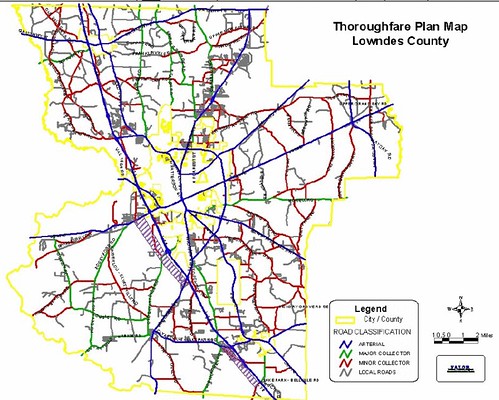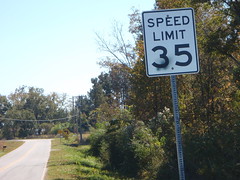 Roads that are designed to kill,
By Mark Rosenberg,
August 18, 2009:
Roads that are designed to kill,
By Mark Rosenberg,
August 18, 2009:
They said the speed limit should be 30 kilometers per hour (about 18.6 miles per hour) or less if we wanted pedestrians to have much of a chance of surviving.That’s what people in Sweden say. In their country, roads are actually designed to be safe. Unlike ours:
“This is where you live? This is your neighborhood? Your streets are designed to kill people.’’It’s not hard to find descriptions of Sweden’s Vision Zero for no road deaths:
Vehicle speed is the most important regulating factor for safe road traffic.Hm, so slower is safer.
Quarterman Road (like many other rural roads in Lowndes County) is a local neighborhood road, with tractors, bicycles, dogs, deer, and mothers rolling babies in strollers. According to Claes Tingvall, Director of Traffic Safety, Swedish Road Administration:
The idea of ”shared space” between pedestrians and vehicles has been trialed successfully in Gothenburg and other cities, as long as the environment has been redesigned for slow traffic.And a budget-conscious county may be interested that he also says this:
The new safety principle, to control kinetic energy, is by itself cheaper than accident prevention. And once that investment is made it produces benefits every year.Not to mention the benefit of fewer traffic accidents, injuries, and deaths.




